How To Analyze Google Analytics Traffic Acquisition Channels


Understanding the different traffic acquisition channels in Google Analytics is crucial for any business or website owner looking to optimize their online presence and marketing efforts. By analyzing the performance of these channels, you can make informed decisions about where to allocate your resources, improve your marketing strategies, and ultimately drive more qualified traffic to your website.
In this comprehensive guide, we'll dive deep into the various traffic acquisition channels in Google Analytics, exploring their characteristics, best practices for analyzing them, and how to use this data to enhance your digital marketing initiatives.
Understanding Traffic Acquisition Channels in Google Analytics
Google Analytics categorizes website traffic into several acquisition channels, each with its unique characteristics and insights. These channels include:
1. Direct
Direct traffic refers to visitors who type your website's URL directly into their browser or access it through a bookmark. This channel is often associated with brand recognition, loyalty, and users who are already familiar with your business.
2. Organic Search
Organic search traffic consists of visitors who find your website through search engine results, without clicking on a paid advertisement. This channel is closely linked to your search engine optimization (SEO) efforts and the visibility of your content in search engine results pages (SERPs).
3. Paid Search
Paid search traffic includes visitors who click on your paid advertisements, such as Google Ads or Bing Ads. This channel allows you to target specific keywords and audiences, and it can be a powerful tool for driving targeted, high-intent traffic to your website.
4. Referral
Referral traffic comes from visitors who click on a link from another website that directs them to your site. This channel can provide valuable insights into the websites and online communities that are driving relevant traffic to your business.
5. Social
Social traffic refers to visitors who arrive at your website from social media platforms, such as Facebook, Twitter, LinkedIn, or Instagram. Analyzing this channel can help you understand the effectiveness of your social media marketing strategies and which platforms are driving the most engaged traffic.
6. Email
Email traffic includes visitors who click on a link within an email campaign, such as a newsletter or a promotional message. This channel can help you evaluate the success of your email marketing efforts and the engagement of your email subscribers.
7. Campaigns
The Campaigns channel in Google Analytics allows you to track the performance of specific marketing campaigns, such as those run through UTM parameters or Google Analytics' built-in Campaign Tracking. This channel can provide valuable insights into the effectiveness of your various marketing initiatives.
Analyzing Traffic Acquisition Channels
Now that you have a solid understanding of the different traffic acquisition channels, let's dive into the steps to analyze them effectively:
1. Access the Acquisition Overview
To begin your analysis, navigate to the Acquisition Overview report in Google Analytics. This report provides a high-level summary of your website's traffic sources, including the percentage of traffic from each channel.
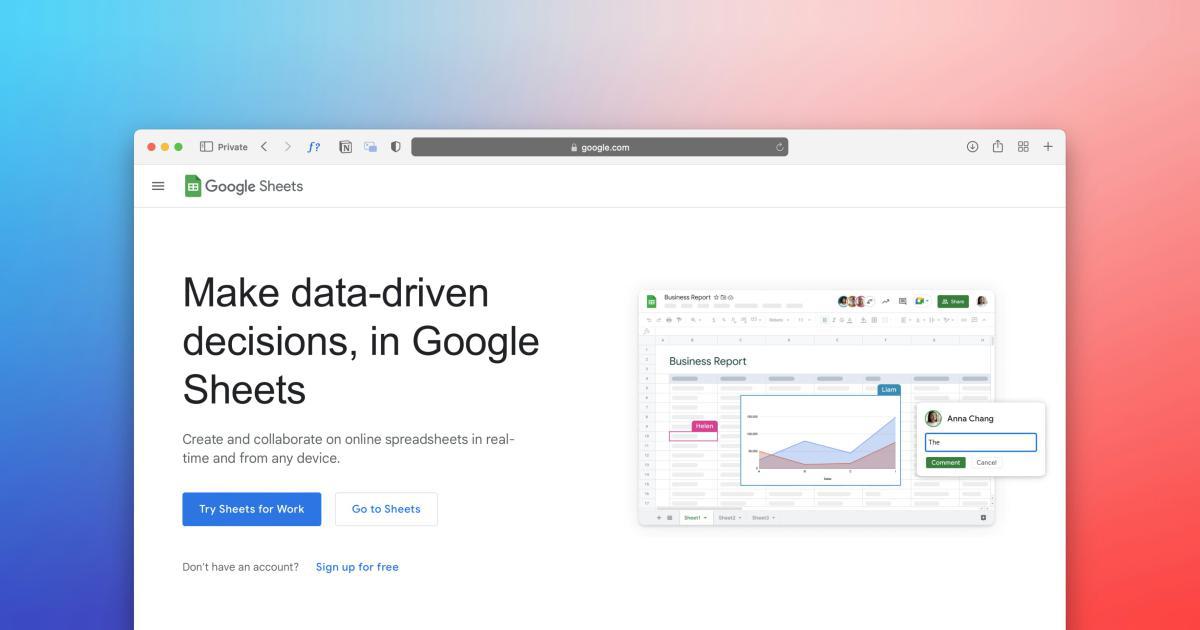
2. Explore Individual Acquisition Channels
Once you have an understanding of the overall traffic distribution, start drilling down into each individual acquisition channel to gain more detailed insights. You can access these detailed reports by navigating to the "Acquisition" section in the left-hand sidebar and selecting the specific channel you want to analyze.
2.1. Direct Traffic Analysis
When analyzing direct traffic, consider the following metrics and insights:
- New vs. Returning Visitors: Examine the ratio of new versus returning visitors. A high percentage of returning visitors may indicate strong brand loyalty and customer retention.
- Bounce Rate: Monitor the bounce rate for direct traffic, as it can provide clues about the relevance and user experience of your website for these visitors.
- Conversion Rates: Analyze the conversion rates for direct traffic, as these users are often more familiar with your brand and may be more likely to complete desired actions.

2.2. Organic Search Traffic Analysis
For organic search traffic, focus on the following metrics and insights:
- Top Organic Keywords: Identify the keywords that are driving the most organic traffic to your website. This can help you understand the topics and search queries that your audience is interested in.
- Average Position: Monitor the average position of your website in the search engine results pages (SERPs) for your top organic keywords. This can indicate the effectiveness of your SEO efforts.
- Bounce Rate and Engagement: Analyze the bounce rate and engagement metrics (such as time on site and pages per session) for organic traffic. This can reveal how well your content is meeting the needs of your organic visitors.
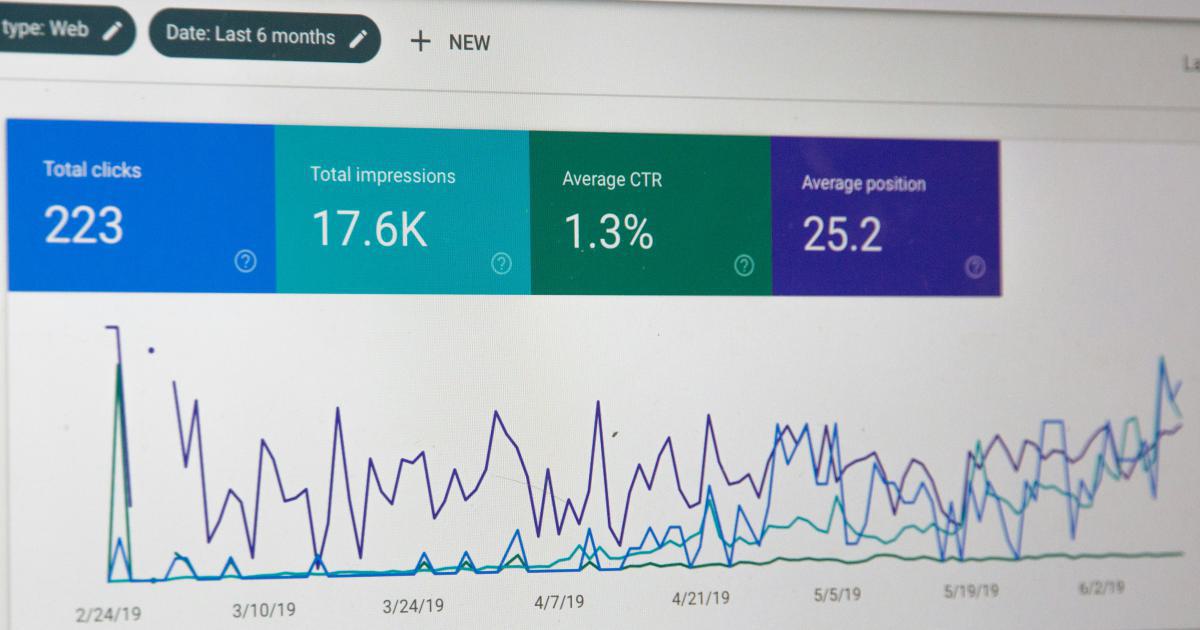
2.3. Paid Search Traffic Analysis
When analyzing paid search traffic, consider the following metrics and insights:
- Cost-per-Click (CPC) and Cost-per-Acquisition (CPA): Evaluate the CPC and CPA for your paid search campaigns to assess the profitability and efficiency of your paid advertising efforts.
- Conversion Rates: Analyze the conversion rates for paid search traffic, as these visitors are often more intent-driven and may be more likely to convert.
- Ad Performance: Examine the performance of your individual ad groups and ad creatives to identify opportunities for optimization and improvement.
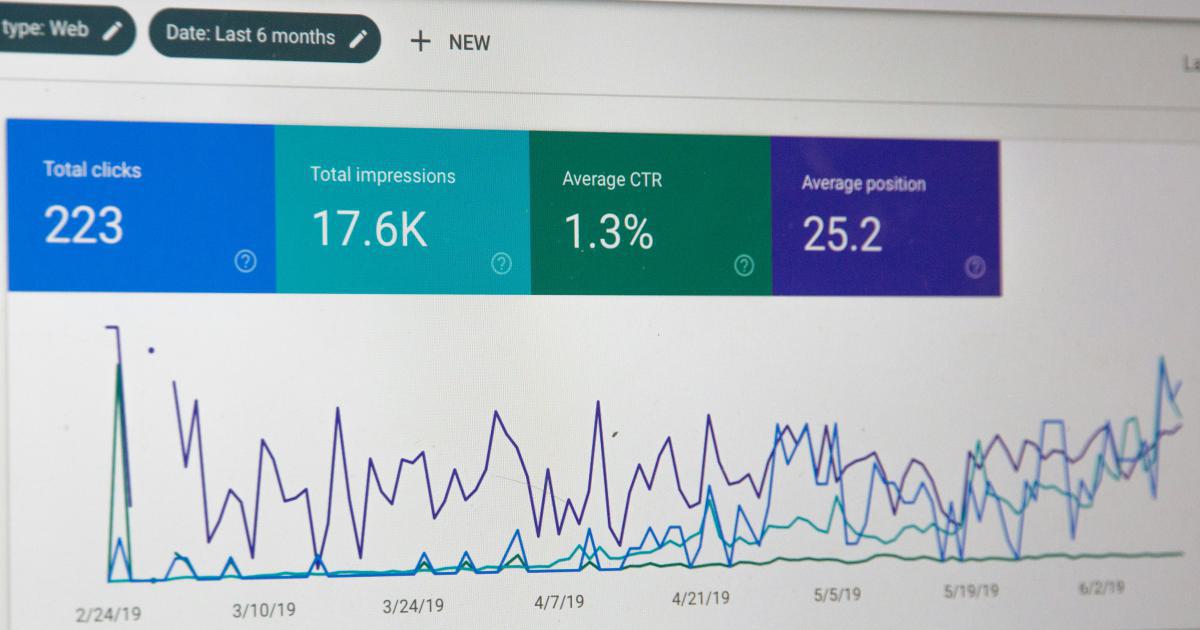
2.4. Referral Traffic Analysis
For referral traffic, focus on the following metrics and insights:
- Top Referring Domains: Identify the websites that are sending the most referral traffic to your site. This can help you understand which online communities, industry publications, or partner websites are driving valuable traffic.
- Bounce Rate and Engagement: Analyze the bounce rate and engagement metrics for referral traffic to understand how well these visitors are interacting with your content and website.
- Conversion Rates: Evaluate the conversion rates for referral traffic, as these visitors may have a higher intent or be more qualified leads.
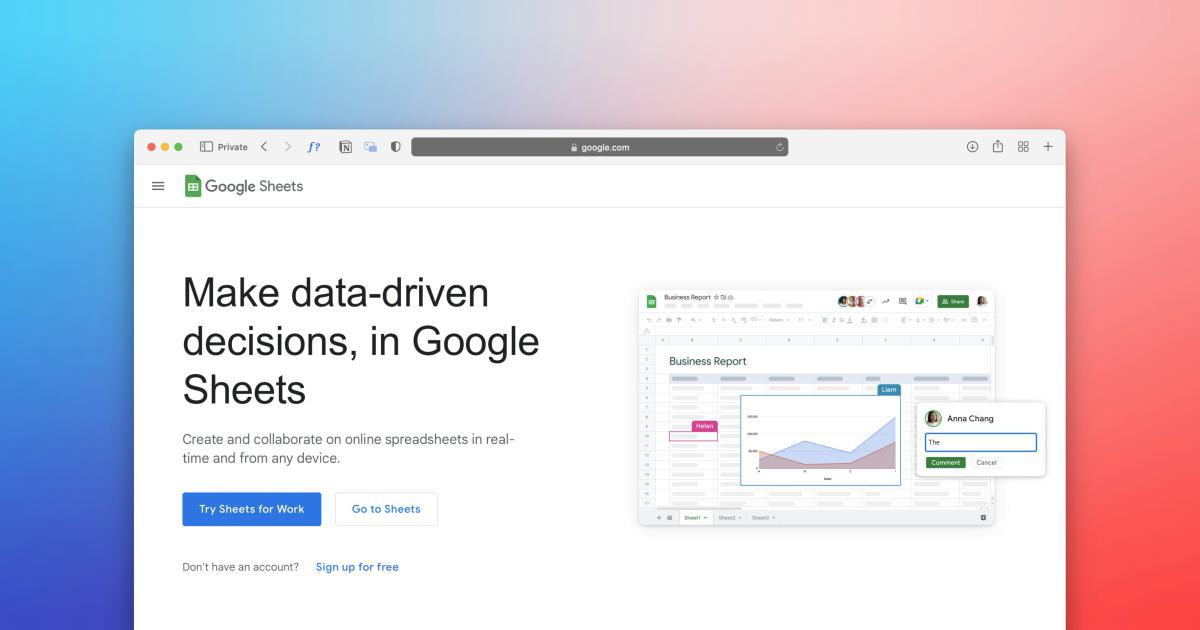
2.5. Social Traffic Analysis
When analyzing social traffic, consider the following metrics and insights:
- Top Social Channels: Identify the social media platforms that are driving the most traffic to your website. This can help you focus your social media marketing efforts on the most effective channels.
- Engagement and Conversion Rates: Examine the bounce rate, time on site, pages per session, and conversion rates for social traffic. This can reveal how well your social media content and strategies are resonating with your audience.
- Shared Content: Analyze which of your website pages or content pieces are being shared the most on social media. This can provide valuable insights into the types of content that your audience finds most engaging and shareable.
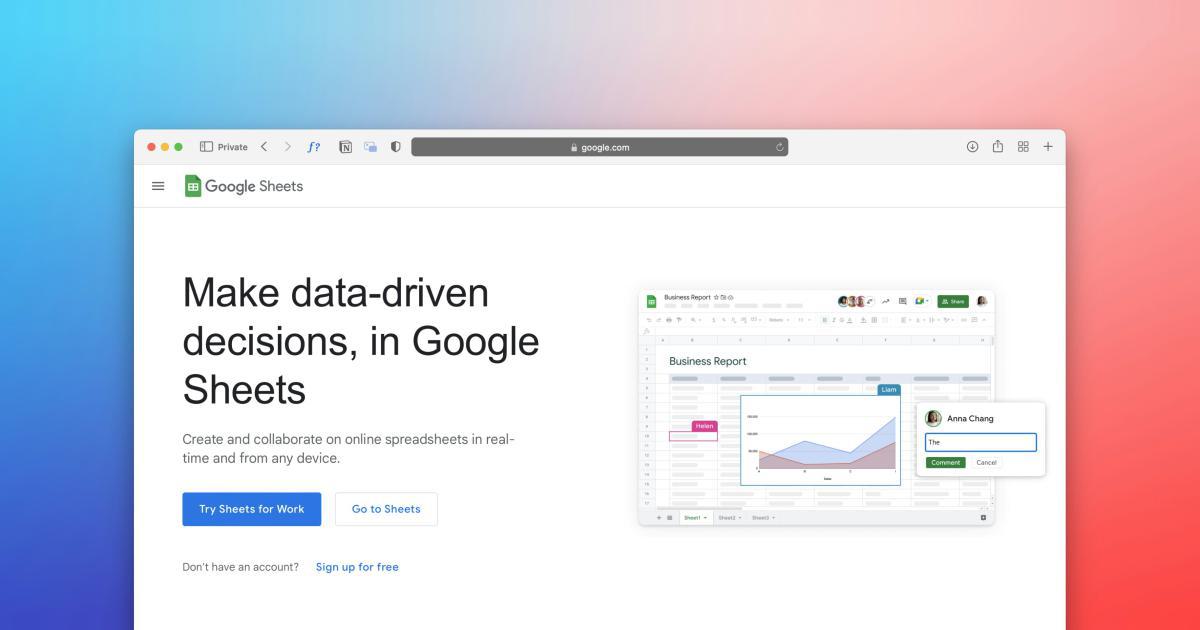
2.6. Email Traffic Analysis
For email traffic, focus on the following metrics and insights:
- Open and Click-Through Rates: Evaluate the open and click-through rates of your email campaigns to assess the effectiveness of your email marketing efforts.
- Conversion Rates: Analyze the conversion rates for email traffic, as these visitors may be more familiar with your brand and more likely to take a desired action.
- Segmentation and Targeting: Examine how different email list segments or targeting strategies are performing, and use these insights to optimize your email marketing campaigns.

2.7. Campaign Traffic Analysis
When analyzing campaign traffic, consider the following metrics and insights:
- Campaign Performance: Evaluate the overall performance of your marketing campaigns, including metrics such as traffic, conversions, and return on investment (ROI).
- Channel Effectiveness: Assess which channels or campaigns are driving the most valuable traffic and conversions, and use these insights to allocate your marketing resources more effectively.
- Campaign Optimization: Identify opportunities to optimize your campaign strategies, messaging, targeting, or other elements based on the data collected.

Interpreting and Acting on the Data
After analyzing the performance of your traffic acquisition channels, it's time to interpret the data and develop actionable strategies to improve your digital marketing efforts.
1. Identify Strengths and Weaknesses
Carefully review the performance metrics and insights for each channel. Identify the channels that are driving the most valuable traffic, as well as those that may be underperforming or not aligning with your business goals.
2. Prioritize and Optimize
Based on your analysis, determine which channels require the most attention and focus your optimization efforts accordingly. This may involve:
- Improving your SEO strategies to increase organic search visibility
- Refining your paid advertising campaigns to enhance targeting and ad performance
- Strengthening your social media presence and content strategies
- Optimizing your email marketing campaigns to improve engagement and conversions
3. Test and Experiment
Continuously test and experiment with different tactics, messaging, and approaches within each traffic acquisition channel. Use the data to inform your decisions and make incremental improvements over time.
4. Align with Business Objectives
Ensure that your traffic acquisition strategies are aligned with your overall business objectives, whether that's increasing brand awareness, generating more qualified leads, or driving online sales. Use the data to make informed decisions that support your overarching goals.
5. Collaborate and Share Insights
Share your traffic acquisition insights with other teams within your organization, such as marketing, sales, and product development. Encourage cross-departmental collaboration to leverage the data and drive more holistic, user-centric strategies.
By following these steps and continuously analyzing your traffic acquisition channels in Google Analytics, you can make data-driven decisions, optimize your digital marketing efforts, and ultimately drive more qualified traffic and conversions to your website.